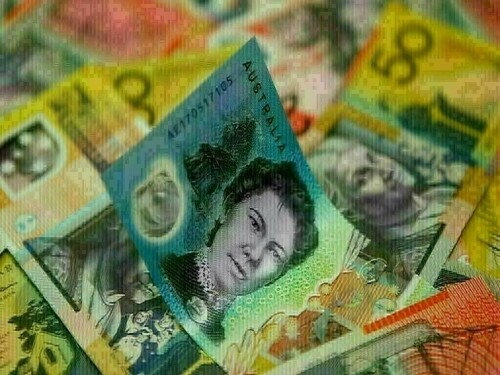Australian and New Zealand Dollars Maintain Stability Amid Trade War Developments
The Australian and New Zealand dollars demonstrated resilience on Thursday, buoyed by market optimism regarding potential de-escalation in the trade tensions between the United States and China. This sentiment favored risk-associated assets, while putting downward pressure on the euro and the yen.
Trading patterns continued to exhibit volatility, influenced by rapidly shifting White House policy updates. Remarks from President Donald Trump suggested that reduced tariffs were contingent on China’s willingness to engage in negotiations.
Amidst the continuous stream of headlines, the Australian dollar fluctuated, settling around $0.6360 after peaking at $0.6435 overnight. It experienced gains of 0.8% against both the euro and the yen.
The resistance level at $0.6435/40 has held firm over the past three trading sessions, implying that a new impetus may be necessary to surpass this threshold.
The New Zealand dollar stabilized at $0.5949, receding from its five-month high of $0.6029 reached earlier in the week.
Support levels are identified around $0.5912 and $0.5850. While domestic economic data has been scarce recently, the upcoming release of Australian consumer price data for the first quarter next week is anticipated to influence the Reserve Bank of Australia’s (RBA) interest rate decisions in May.
Analysts generally forecast a 0.8% increase in the Consumer Price Index (CPI) for the quarter, which would result in a slight decrease in the annual rate to 2.3% from 2.4%.
The trimmed mean measure of core inflation is projected to rise by 0.6% during the quarter, leading to a deceleration in annual inflation from 3.2% to 2.8%.
This adjustment would bring the core inflation rate back within the RBA’s target range of 2% to 3% for the first time since late 2021, marking a significant decrease from the 2022 peak of 6.8%. Additionally, the six-month annualized rate of core inflation would stand at just 2.2%.
Stephen Wu, a senior economist at CBA, highlighted the possibility of the core inflation rate reaching 0.7%, partially attributable to the timing of numerous government-regulated price increases that typically occur in the first quarter, potentially skewing inflation upward.
The RBA’s projections also anticipate a 0.7% increase.
Wu commented, “We maintain that a 25 basis point rate cut in May remains the more probable outcome if the trimmed mean aligns with the RBA’s forecast.”
“Should the trimmed mean align with our projection of 0.6%, we would consider a rate cut in May to be a certainty.”
Market expectations already reflect a full pricing-in of a quarter-point reduction to 3.85%, with rates anticipated to be around 3.0% by year-end.



Comments (0)
No comments yet. Be the first to comment!
Leave a Comment